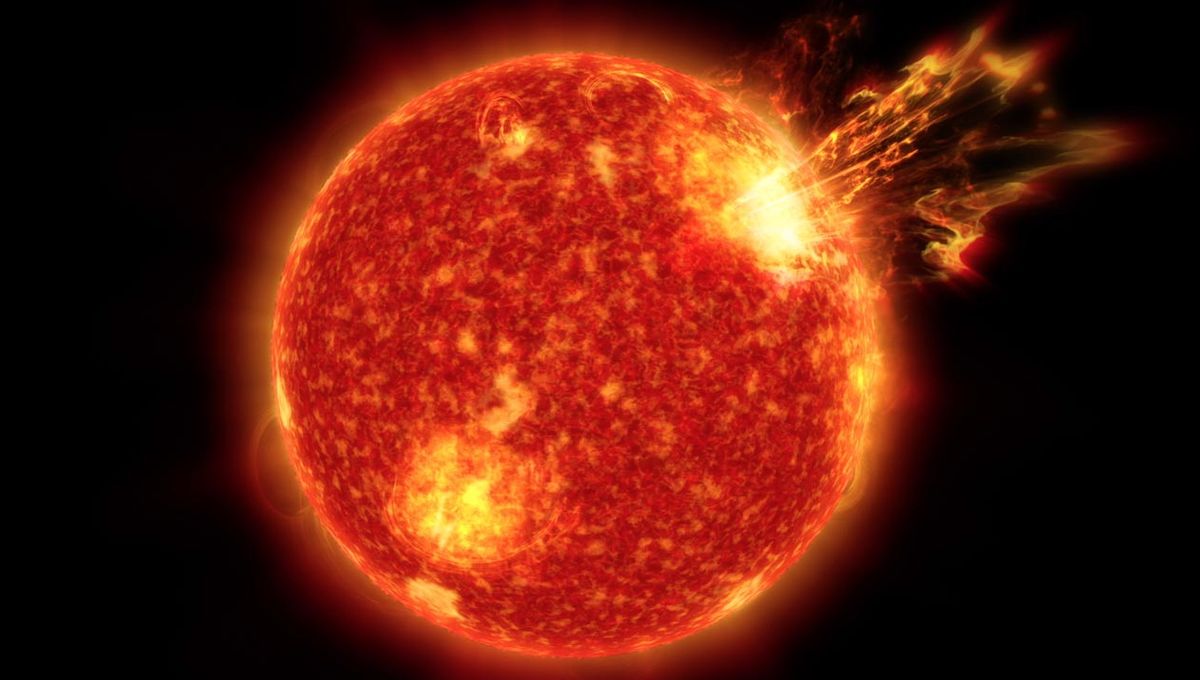
The Sun goes through a cycle of activity of about 11 years, from being quiet during the solar minimum to a bustling period full of flares, plasma releases, and sunspots during the solar maximum. You might have noticed that there has been an uptick in news stories about solar storms and northern lights over the last several months. That’s because the maximum is fast approaching. But how are we impacted by this turbulent time?
The most powerful known geomagnetic storm happened in 1859, when aurorae were seen down to the tropics and the telegraph station caught fire. If such a powerful event took place today, it would be a major disaster, but it would not kill us all or destroy our civilization. That kind of event is fairly rare, and space weather forecasting should give us an edge in minimizing damage – and, mostly, would make us very grateful for our planet’s magnetic field.
In fact, it is thanks to the protection of the magnetosphere that the effects are less severe on us. Even the most severe solar radiation storm on the NOAA Space Weather Scale would only majorly affect astronauts, but people in planes or at higher latitudes might be more exposed to increased levels of radiation. Over a solar cycle, such an extreme solar storm might last about a day.
The most common solar storms have a cumulative occurrence of 50 days every solar cycle and they have little to no effect on humans and satellites. Storms are caused by coronal mass ejection and solar flares, but only the most powerful (in the X class), can reach the level of severity to put them in the NOAA scale.
Most flares are not dangerous to us at all, but they can play havoc with our technology down on Earth or even more up in space. They can directly affect satellites, change the shape of the atmosphere, and play havoc with our communication. And you don’t need the X-class flares – the next class down in power, the M-class, can be equally annoying.
“With M class flares, which at the moment we’re getting multiple times a week, you can get minor radio blackouts, which means that in very small regions right on the very day side of the Earth, radio communication is going to be acting strange,” Dr Ryan French, from the National Solar Observatory, told IFLScience.
“And you wouldn’t launch anything in those conditions due to the expansion of the atmosphere. You wouldn’t conduct any sensitive operations there due to the radio communication as well.”
So the most common effect of a peak in solar activity (that might happen sooner than the official predictions expect) is a minor inconvenience due to satellites’ inability to communicate, rather than Armageddon. And the best effect is more auroral activity. Feels like this is mostly a win in terms of celestial dangers!
All “explainer” articles are confirmed by fact checkers to be correct at time of publishing. Text, images, and links may be edited, removed, or added to at a later date to keep information current.
Source Link: Solar Storms Are On The Increase, What Does That Mean For Us?